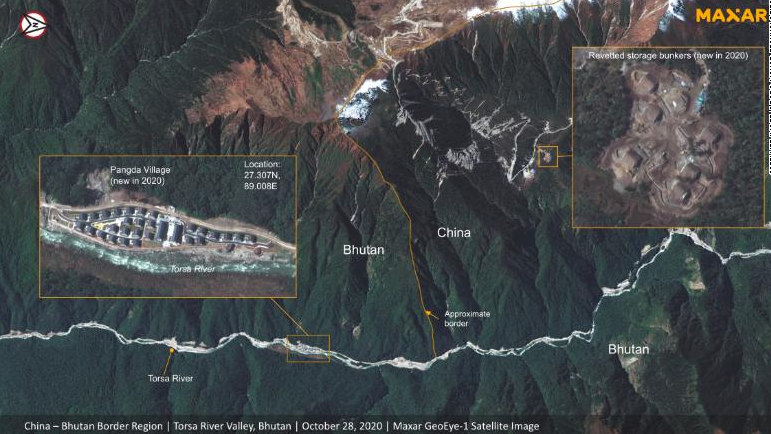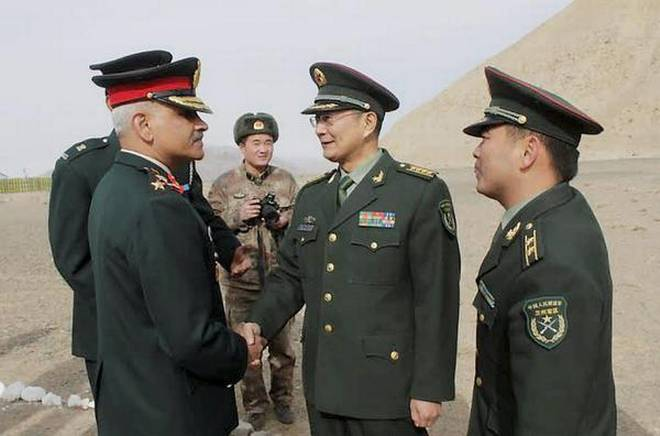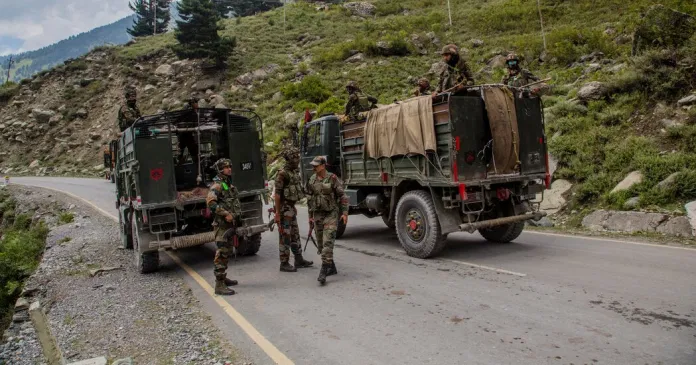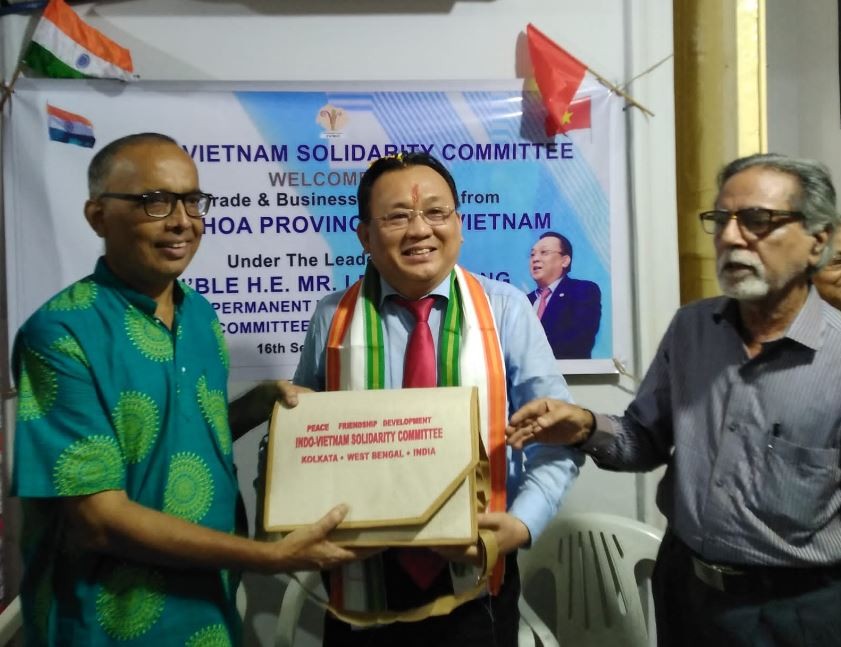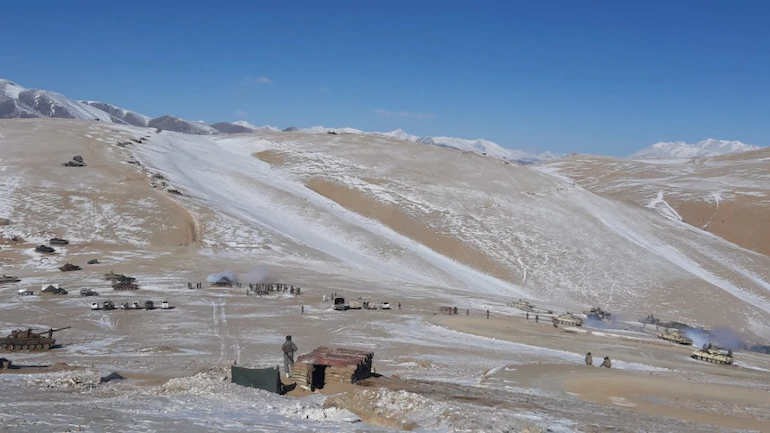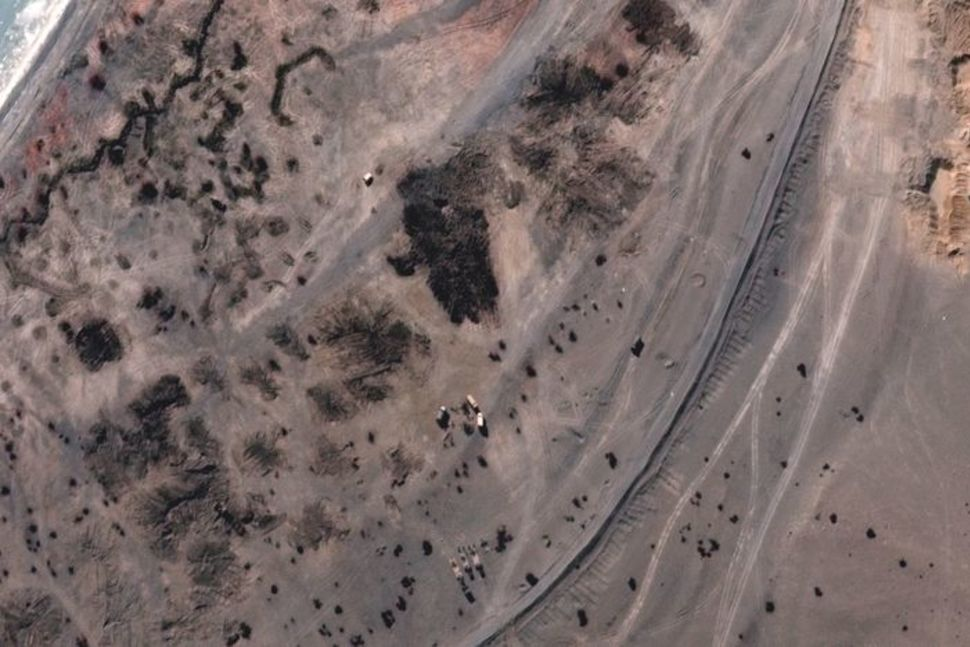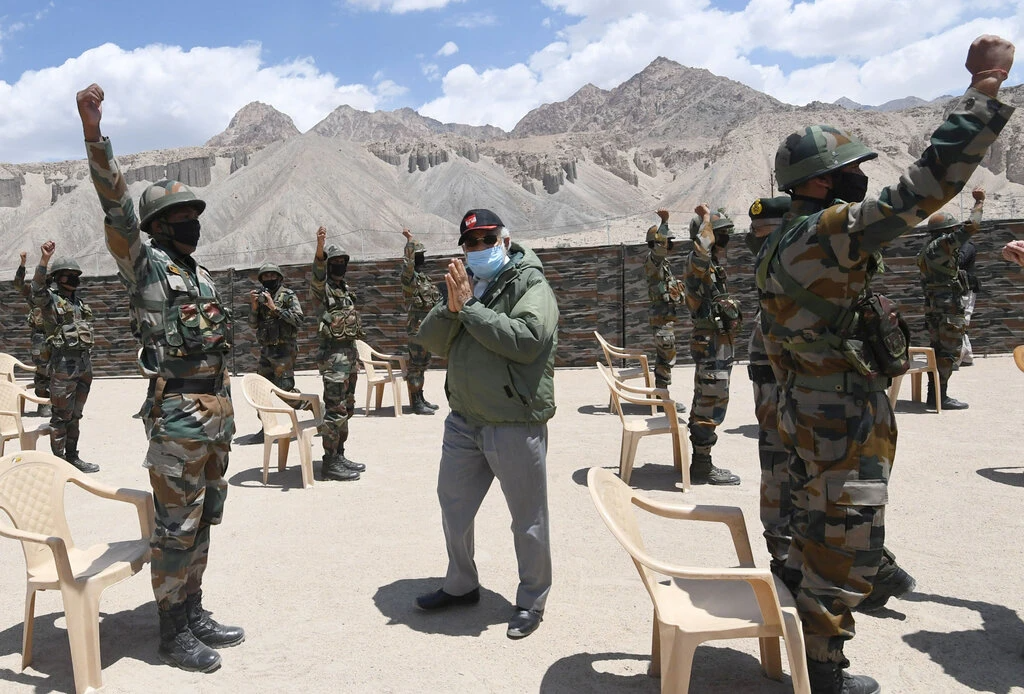China confirmed 4 Chinese soldiers died in bloody India border clash last year
| China allegedly developing area along disputed border with India and Bhutan | |
| India hands over missing Chinese soldier | |
| Captured Chinese soldier by India along disputed mountain border, updates |
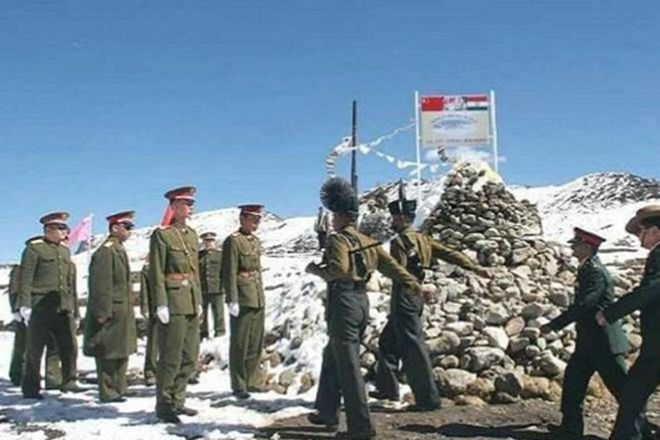 |
| Chinese and Indian soldiers in a border area. Getty image |
Eight months after a fierce border clash at Galwan Valley in eastern Ladakh, China has officially acknowledged casualties and named four officers and soldiers that it said were killed.
The two sides fought with fists, stones, and nailed-studded bamboo poles, in what was the deadliest border clash between the two nuclear-armed neighbors in more than 40 years. New Delhi previously said at least 20 Indian soldiers died during the brawl in the Galwan Valley area.
On Friday, China's official army newspaper, PLA Daily, said a battalion commander, Chen Hongjun, and three soldiers -- Chen Xiangrong, Xiao Siyuan and Wang Zhuoran -- had died in the "fierce struggle" defending the border, and were given posthumous awards, CNN reported.
An award was also given to Qi Fabao, the regimental commander from the PLA Xinjiang Military Command, who was seriously injured in the clash, according to the report.
PLA Daily did not reveal the soldiers' ranks.
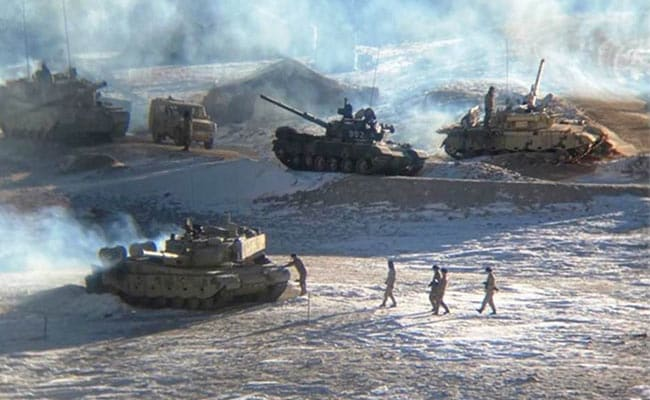 |
According to the PLA Daily report, "foreign military" troops violated an agreement with China and crossed the border into the Chinese side to set up tents. The report also claimed that when Qi led a few PLA soldiers to negotiate, the Indian side deployed more soldiers in an attempt to force the Chinese troops to concede.
China and India have blamed each other for the skirmish.
A source in the Indian military previously told CNN that the dispute started over a Chinese tent that was constructed the night before the clash. Indian troops, according to the source, tore it down. The next day, Chinese soldiers armed with stones and bamboo sticks with nails returned, the source said, and attacked unprepared Indian troops. CNN is unable to independently confirm this account of events.
In comments posted to an official Chinese Defense Ministry social media account Friday, spokesperson Ren Guoqiang accused India of "distorting the truth, misleading international public opinion and slandering the Chinese officers and soldiers in the frontier forces." He said that China "kept a high degree of restraint in order to maintain ties between the two countries and militaries and worked to cool down the situation."
Chinese state media published a report on the incident to "clarify the truth," Ren added.
India and China witnessed a prolonged border row that erupted in May last year and after their troops clashed in June in Ladakh’s Galwan Valley. The clash happened along the contested Line of Actual Control (LAC) where rival soldiers were caught in a stand-off that began with a confrontation between rival patrols near Pangong Tso on the night of May 5-6.
The soldiers were seen fighting each other with nail-studded clubs and stones. While India had previously stated that 20 of its soldiers died in the clash, Beijing had acknowledged casualties but had not disclosed details, said the hindustantimes.
India posthumously honoured five Indian Army soldiers, who blocked PLA aggression to capture territory in east Ladakh’s Galwan Valley on June 15 last year, with gallantry medals on Republic Day this year.
Disputed border
India and China share a 2,100 mile-long (3,379-kilometer) border in the Himalayas,which in places is poorly defined and hotly disputed. Both sides claim territory on either side of it.
The June 2020 clash erupted near Pangong Tso, a strategically important lake located some 14,000 feet (4,267 meters) above sea level, which spans an area stretching from the Indian territory of Ladakh to Chinese-controlled Tibet, in the greater Kashmir region where India, China and Pakistan all claim territory.
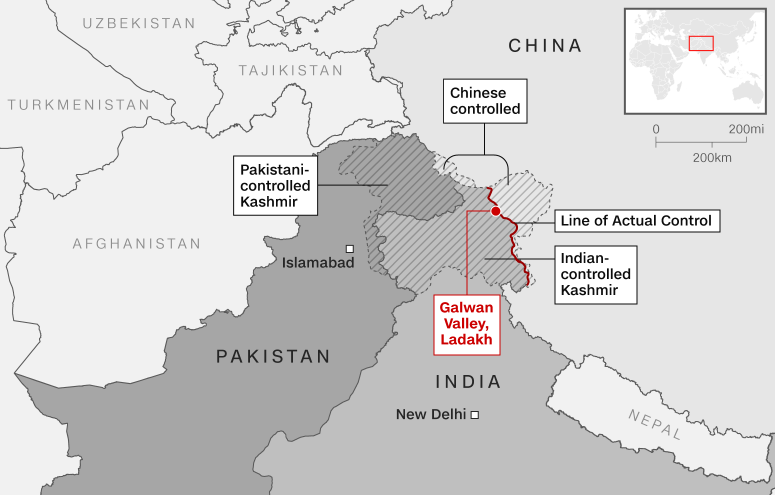 |
In 1962, India and China went to war over this remote, inhospitable stretch of land, eventually establishing the Line of Actual Control (LAC), the de facto border straddled by Pangong Tso. However, the two countries do not agree on the LAC's precise location and both regularly accuse the other of overstepping it, or seeking to expand their territory. Since then, they have had a history of mostly non-lethal scuffles over the position of the border.
In September, the two countries agreed to stop sending more troops to the border, following an escalation in tensions between New Delhi and Beijing. The situation was temporarily resolved, with the two sides engaging in several rounds of talks.
But another "minor" face-off erupted between the two sides in January, according to the Indian Army, though it said that "was resolved by local commanders as per established protocols."
On February 10, China's Defense Ministry said the two countries had started to disengage along the south and north shores of Pangong Tso after reaching an agreement with India.
According to satellite images, China has withdrawn troops, dismantled infrastructure and vacated camps along the disputed border.
Satellite photos taken on January 30 by US-based Maxar Technologies showed a number of Chinese deployments along Pangong Tso. In new images taken on Tuesday, dozens of vehicles and building structures had been removed, leaving empty land.
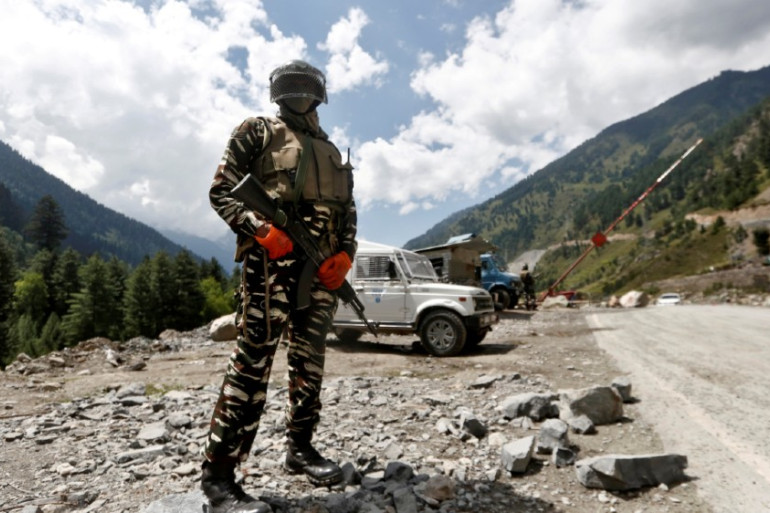 | India and China agree to stop deploying troops to disputed Himalayan border China and India on Monday agreed to stop sending more troops to their disputed border in the Himalayas, following an escalation in tensions between the ... |
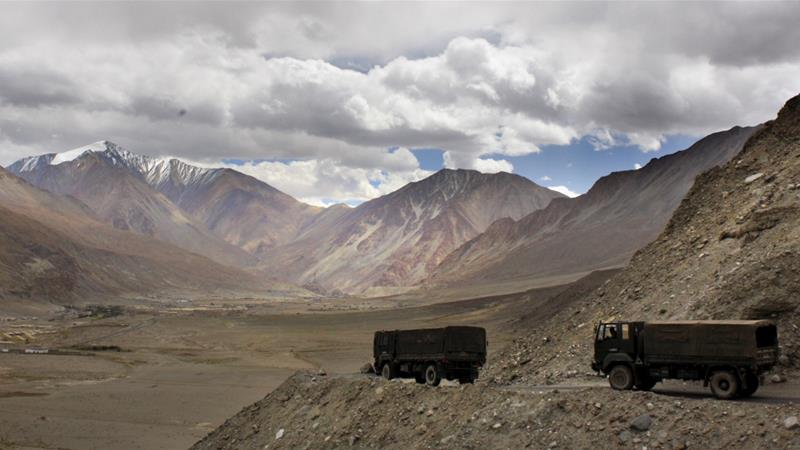 | China, India agree to 5-point course of action to relax border tensions China and India have agreed on a five-point course of action to disengage and reduce tensions along the Line of Actual Control (LAC). |
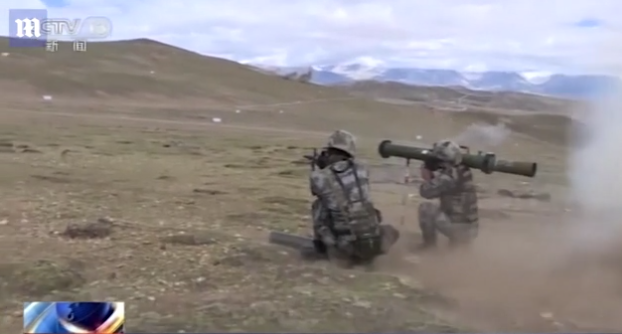 | China-India border standoff' shots fired in the Himalaya showing a dangerous development In the midst of all the stories about China’s oppression in Hong Kong and Xinjiang, unlawful activities in the Bien Dong Sea (South China Sea) ... |
In topics
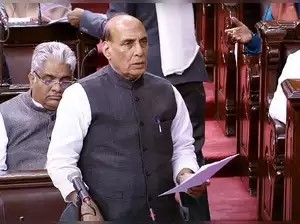 World
World
China’s Bid to ‘Change Status Quo’ on LAC Thwarted, says Indian Defence Minister Rajnath Singh
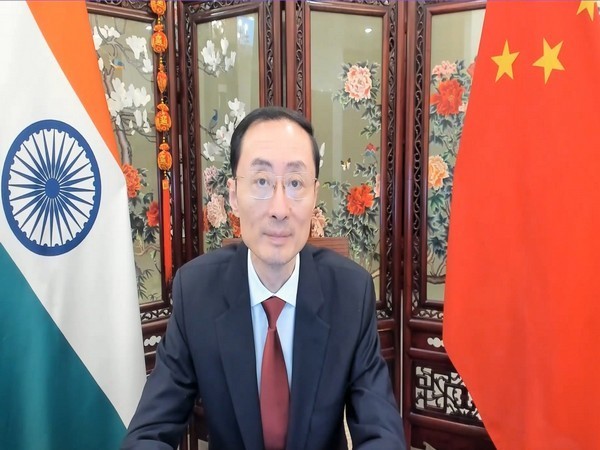 World
World
Enough Room in World for China, India; Let's Not Interfere in Other's Affairs, Says Outgoing Envoy
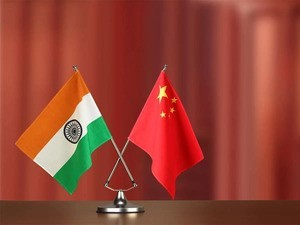 World
World
India, China to Complete Disengagement in Gogra-Hotsprings by September 12, MEA Says
 World
World
Chinese hackers connection still active in Indian computer systems, US firm said
Recommended
 World
World
Pakistan NCRC report explores emerging child rights issues
 World
World
"India has right to defend herself against terror," says German Foreign Minister, endorses Op Sindoor
 World
World
‘We stand with India’: Japan, UAE back New Delhi over its global outreach against terror
 World
World
'Action Was Entirely Justifiable': Former US NSA John Bolton Backs India's Right After Pahalgam Attack
Popular article
 World
World
US, China Conclude Trade Talks with Positive Outcome
 World
World
Nifty, Sensex jumped more than 2% in opening as India-Pakistan tensions ease
 World
World
Easing of US-China Tariffs: Markets React Positively, Experts Remain Cautious
 World
World

